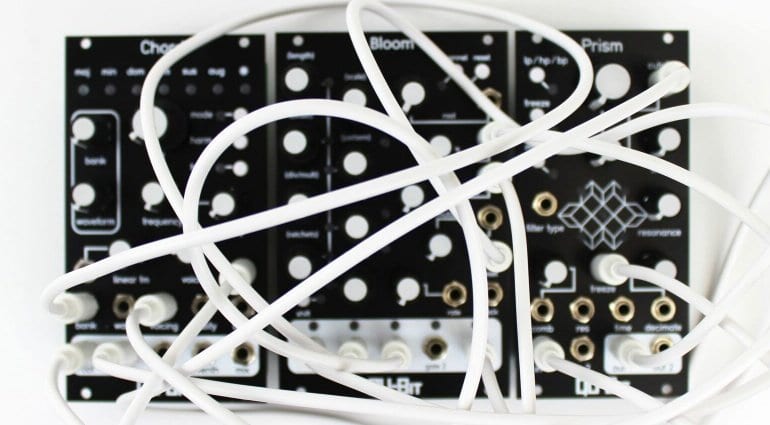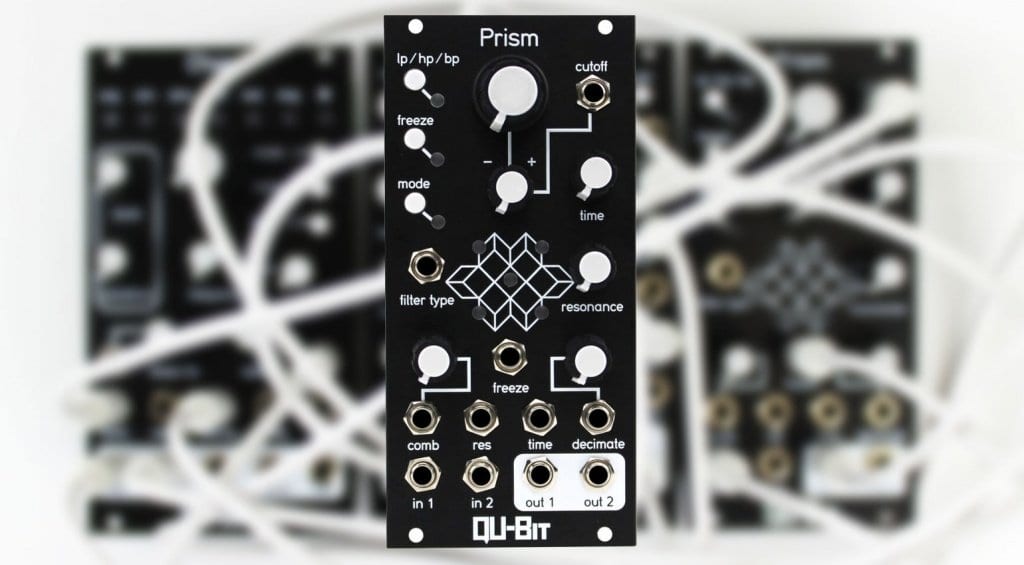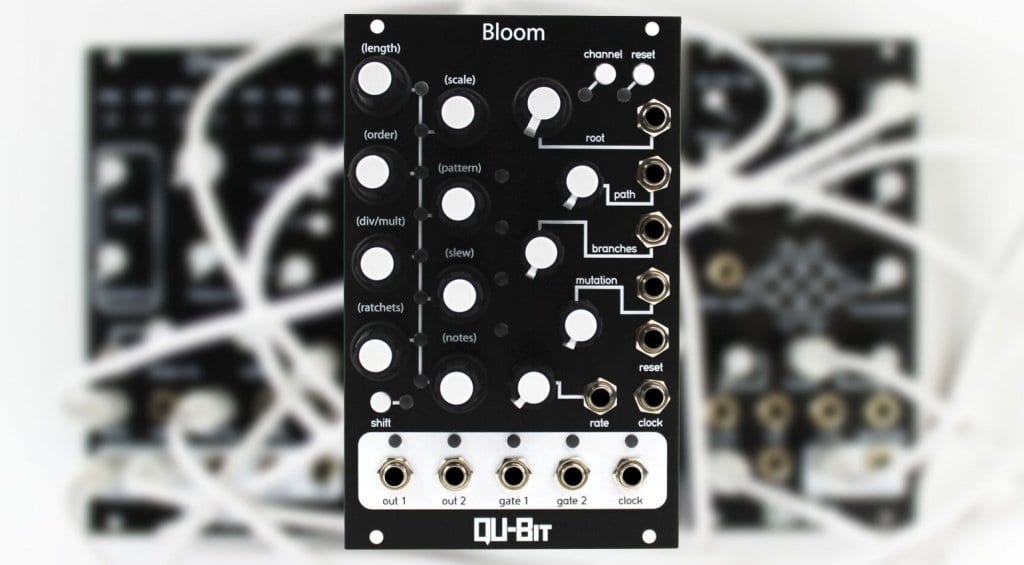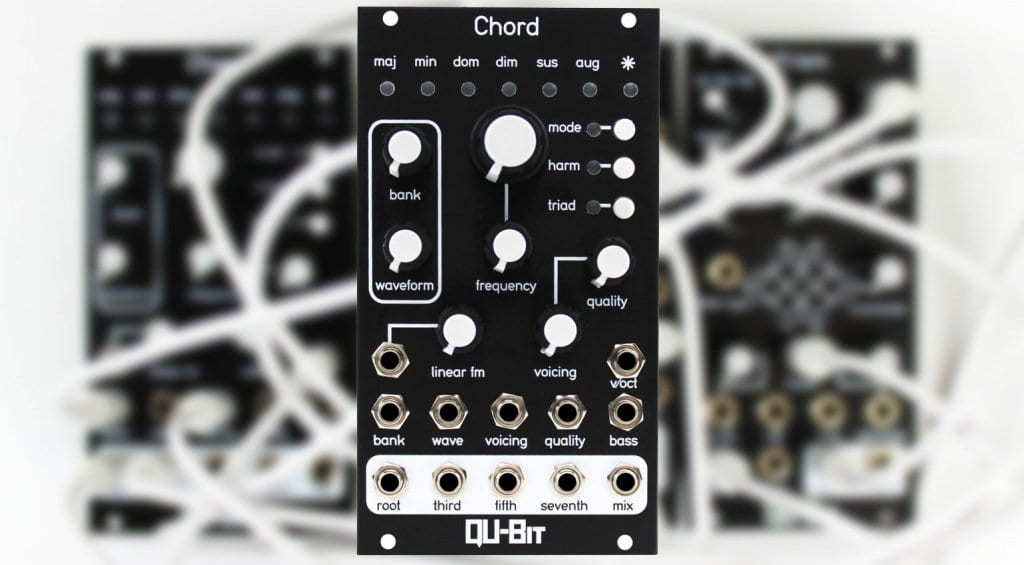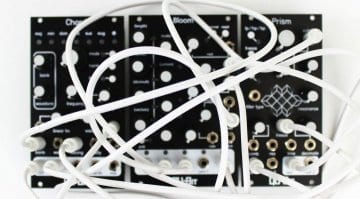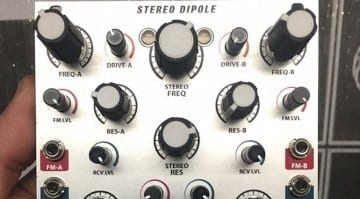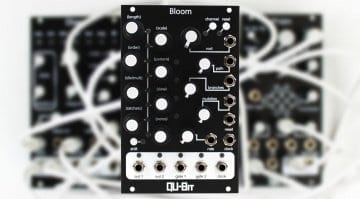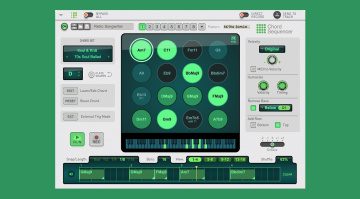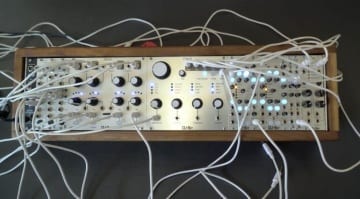NAMM 2019: Qu-Bit reveal stereo effects, a fractal sequencer and update Chord
I enjoyed Qu-Bits quirky releases from last year’s NAMM and this year they are announcing another 3 (although one’s more of an update). We have stereo signal processor Prism, the Bloom fractal sequencer and Chord v2.
Prism
Prism is a multi-dimensional signal processor with stereo inputs and outputs. It contains an assortment of DSP effects that are mapped to a 3-dimensional sonic space.
Looking at the faceplate you’d be forgiven for thinking this is a multi-mode filter and that’s surely got to be some of it. There’s a cutoff and resonance knob, low, high and band pass switch and the usual CV control. But there are also some unexpected controls such as Freeze, Time and Decimate.
They are calling it a stereo signal processor that acts as a prism-shaped audio buffer where each side of the prism has a different DSP process mapped to it. So your signal is moving about inside this space and being effected depending on its location. The Freeze button locks the current buffer (and so the current chunk of audio) and lets you do things to it. Time sets the buffer length with takes on a bit of granular character. On the X axis a Comb filter amount, Z axis gives Time control for the filter and on the Y axis we have the Decimate control which sets bit reduction and sample rate reduction. It’s these three knobs that give the wide range of tones. At the top a state variable filter with low, high and band pass or have it disabled. Sounds like fun!
You are currently viewing a placeholder content from YouTube. To access the actual content, click the button below. Please note that doing so will share data with third-party providers.
Priced at $249 is should be available in March.
Bloom
This sounds really interesting. This time the front panel tells us very little because there’s not a whole lot of familiar controls on it. They are calling it a Fractal Sequencer with 32 steps and 2 channels. It will generate an infinite number of pattern variations using their fractal algorithm. And you can save up to 32 patterns.
There are 8 knobs on the left that define the first 8 steps. There are 4 pages of 8 steps giving you your 32 steps overall. Each knob also enables/disables the gate with a push. It has a mutation knob that introduces randomisation into the set sequence – great for generating variations. The Branches and Path controls generate more possibilities and variations based on the original sequence. It’s sort of variations upon variations. The Root controls the basic transposition of the sequence.
You are currently viewing a placeholder content from YouTube. To access the actual content, click the button below. Please note that doing so will share data with third-party providers.
We’re not going to see this until September and it should go for $329.
Chord V2
A very welcome update to the original Chord module and the first thing you’ll notice is that it’s half the size – that’s awesome! After that what we find is a polyphonic oscillator with custom chords, new wavetables and a four-voice polyphonic mode. It’s a bit like a chordal quantiser but one which generates its own sound.
They’ve double the pitch range, and revamped the waveform section. You still have morphing between regular waveforms such as sine, triangle, square but they’ve added 7 banks of wavetables. You can even load custom wavetables in the back. One new feature is the ability to pull out the seventh tone and sequence it independently, sort of giving you a melody over a chord. You can also now address all 4 voices independently in Polyphony mode. It has a huge library of chords but you can also program your own. There’a a lot of cool stuff in here.
You are currently viewing a placeholder content from YouTube. To access the actual content, click the button below. Please note that doing so will share data with third-party providers.
Hopefully release in May for $299.
Digital meets analog
Qu-Bit make interesting modules that have a very unique vibe – they have an understated calm about them. They are not zany, gnarly or spectacular, just solidly musical modules that approach things differently.
More information
- Qu-Bit website.

